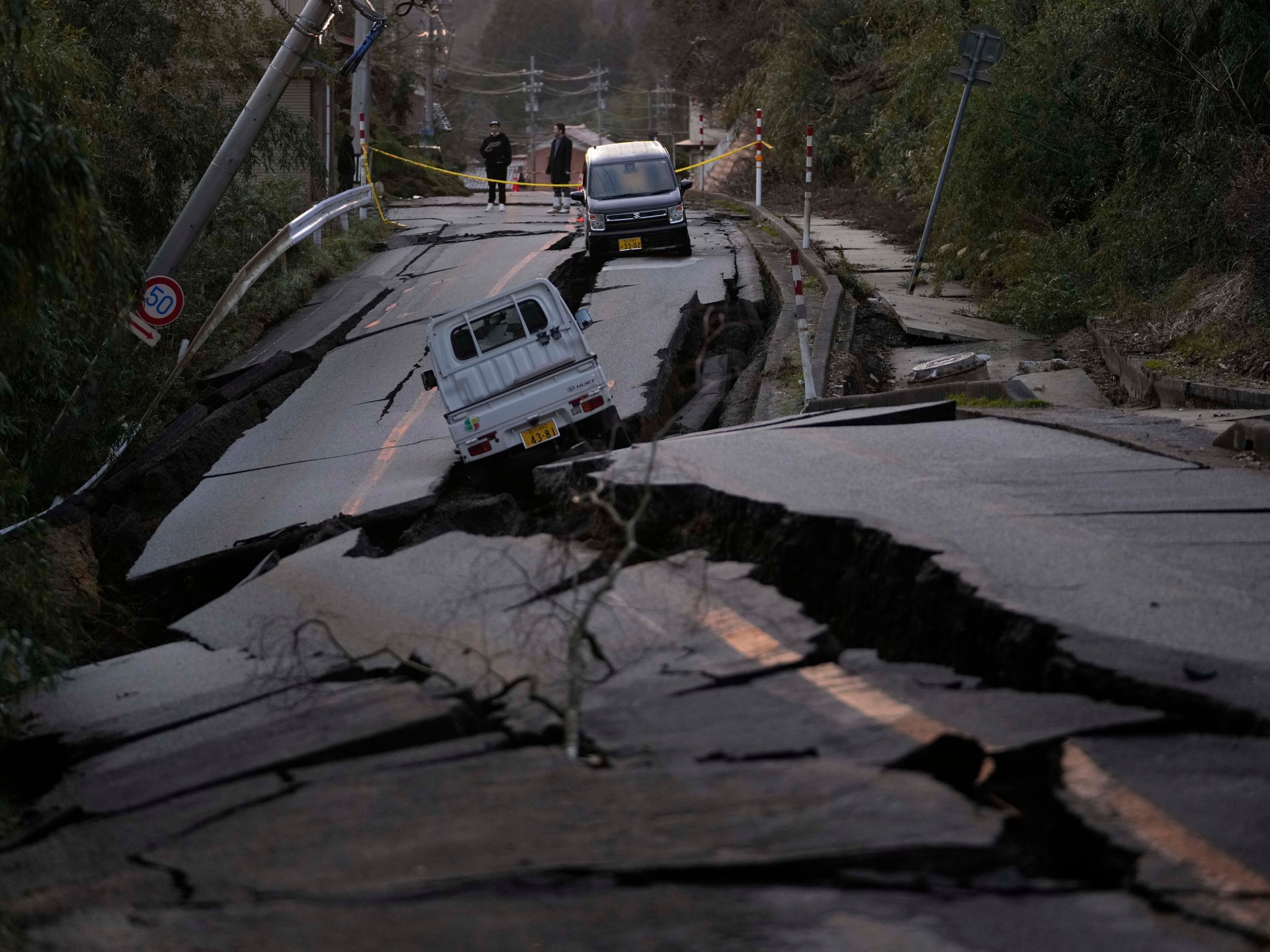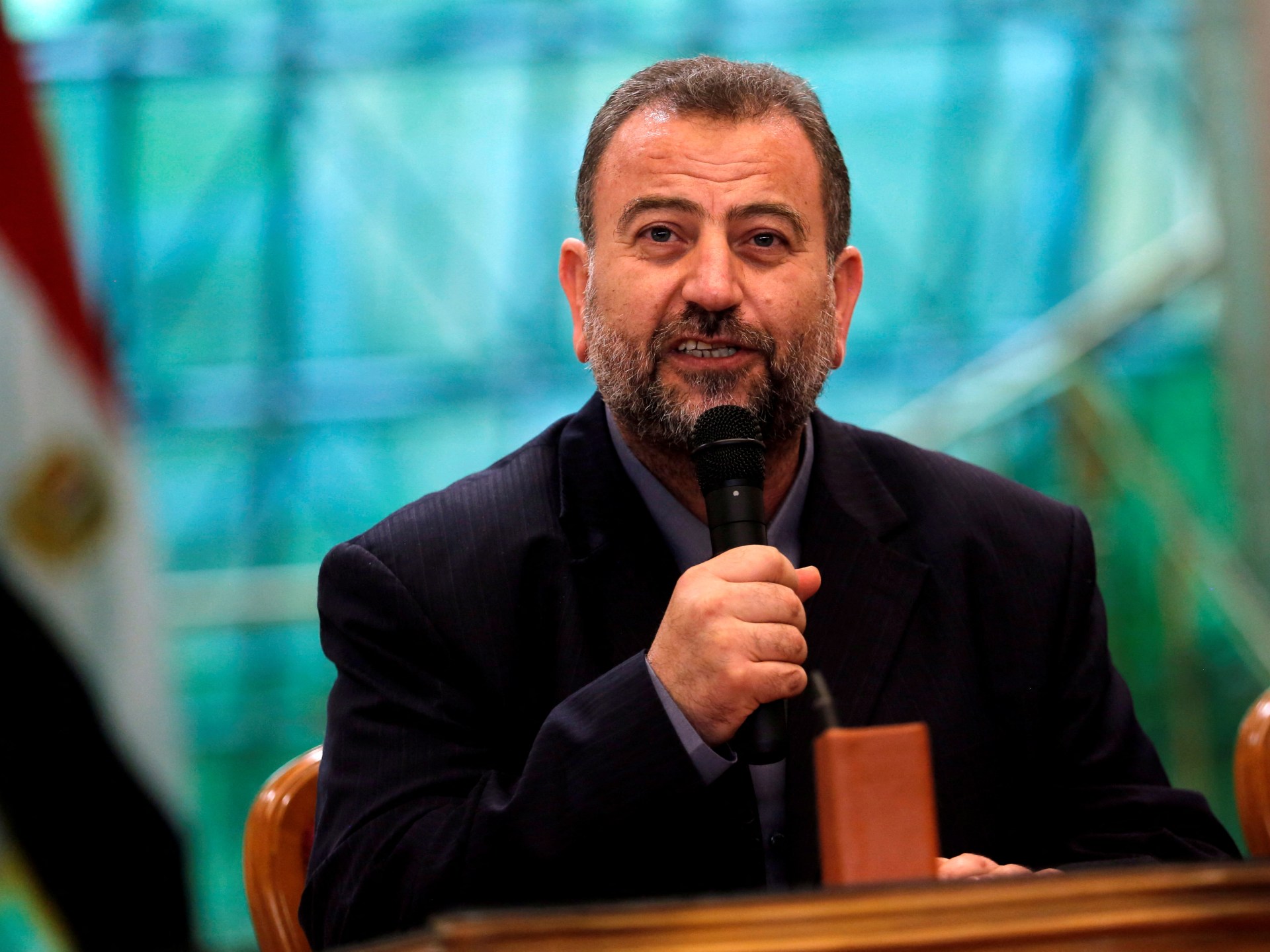President Xi Jinping’s first state visit to Vietnam in six years seeks to deepen ties between the communist neighbours.
Published On 12 Dec 2023
China’s President Xi Jinping has arrived in Vietnam for his first state visit in six years, seeking to strengthen ties between the communist neighbours as Hanoi deepens diplomatic relations with Western countries.
The visit on Tuesday comes three months after United States President Joe Biden travelled to Vietnam as the major powers vie for influence in the Southeast Asian nation.
Xi will meet Communist Party general secretary Nguyen Phu Trong, President Vo Van Thuong and Prime Minister Pham Minh Chinh, Vietnam’s Ministry of Foreign Affairs said.
Xi expects to have an in-depth exchange of views on strategic issues “critical to the direction” of relations between the two sides, Chinese state media reported as the visit kicked off. Leaders from both sides will also discuss international and regional issues of common concern, it said.
Vietnam has long pursued a “bamboo diplomacy” approach, striving to stay on good terms with both powers. It shares US concerns about Beijing’s increasing assertiveness in the contested South China Sea, but it also has political commonality and close economic ties with China.
Vietnam and China already share a “comprehensive strategic partnership”, Vietnam’s highest diplomatic status. Hanoi and Washington upgraded their relationship to the same level in September.
Chinese Ministry of Foreign Affairs spokesperson Wang Wenbin said Xi’s visit would involve discussions on “bringing China-Vietnam relations to a higher position”.
The agenda for the trip includes “politics, security, practical cooperation, the formation of public opinion, multilateral issues and maritime issues”, he said.
‘Asia’s future in hands of Asians’
Despite close economic ties, the neighbours have been at odds over boundaries in the South China Sea.
China has, over the past decade, expanded land reclamation in the South China Sea, creating militarised islands with runways, ports and radar systems. Vietnam, along with Malaysia, Brunei, the Philippines and Taiwan, also has overlapping claims in the territory.
During Biden’s September visit, Vietnam and the US jointly warned against the “threat or use of force” in the South China Sea.
In an opinion piece published in Vietnam’s Nhan Dan newspaper before the visit on Tuesday, Xi wrote: “Asia’s future is in the hands of no one but Asians.”
A “community with a shared future” between the two countries would have strategic significance, he added, while warning against rising “hegemonism” in the world, an apparent reference to the US, though he did not name it.
In September, Biden asserted that stronger ties with Vietnam were not about countering China, though US diplomacy across Asia and the Pacific has been focused on improving defence ties with countries to do just that.
China has been Vietnam’s largest trading partner for several years, with a bilateral trade turnover of $175.6bn in 2022. Imports from China, including crucial inputs for Vietnam’s manufacturing sector, make up 67 percent, according to Vietnam customs data cited by Vietnamese state media.A Vietnamese pupil holds Vietnamese and Chinese flags [File: Hoang Dinh Nam/Reuters]
China has more than $26bn invested in Vietnam, with some 4,000 active projects.
Xi’s last visit to Vietnam in 2017 was for an Asia-Pacific economic summit in the coastal city of Danang.

 Movie
Movie 4 months ago
103
4 months ago
103 






![Presidents Day Weekend Car Sales [2021 Edition] Presidents Day Weekend Car Sales [2021 Edition]](https://www.findthebestcarprice.com/wp-content/uploads/Presidents-Day-Weekend-car-sales.jpg)



 English (United States)
English (United States)